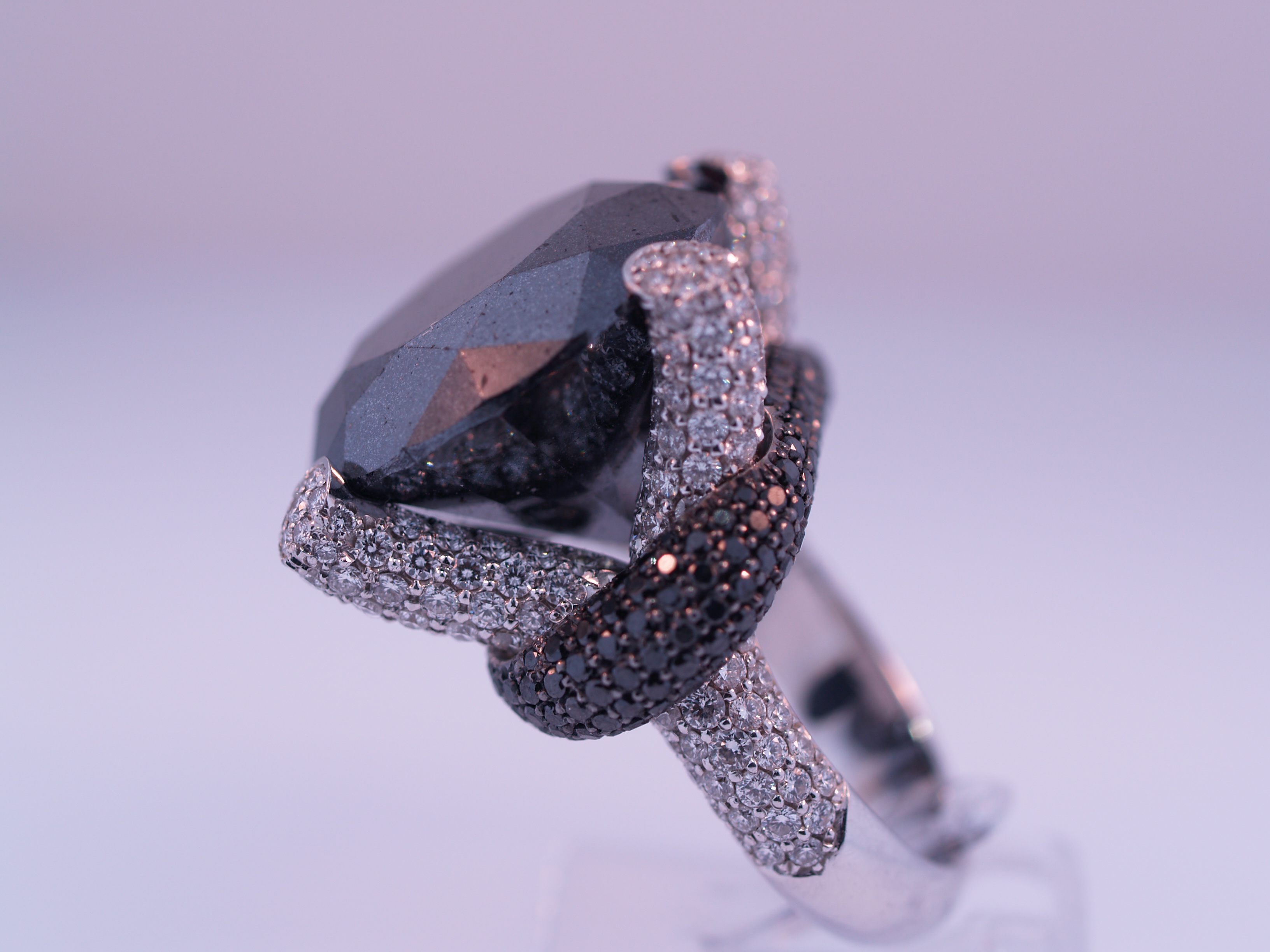Three of the “4 C’s” involved in the evaluation of diamonds—carat, clarity, and colour—depend upon the natural chemical and/or structural composition of the diamond. But the fourth C, cut, involves human intervention.
Cut refers to the introduction of facets—or flat, geometric sides—by a master jeweller. However, “cut” also encompasses three other factors: symmetry, proportion, and polish. The cut of a diamond, when done correctly, brings out the stone’s natural brilliance and its ability to reflect light, which is an important consideration when buying diamonds.
The Brilliant Cut
You are probably most familiar with the round “brilliant cut,” which is the most common type of cut employed by a jeweller. It results in an iconic pyramidal structure, with a crown (the top part of a diamond) and a pavilion (the lower part of a diamond) separated by the girdle, or middle part. The brilliant cut features 58 distinct facets, which work with each other to refract light within the stone such that the maximum amount of light is released through the top of the stone. Given Antwerp’s historic tradition of master jeweller and gemologists, it is no surprise that Antwerp diamonds are known for their exceptional cuts.
As a trusted diamond firm in the heart of Antwerp’s diamond district, Ja-Diam has the tools and the talent to accurately grade diamond cut, whether you are selling diamonds or buying them. Contact our office today, and let us put our experience to work for you.






